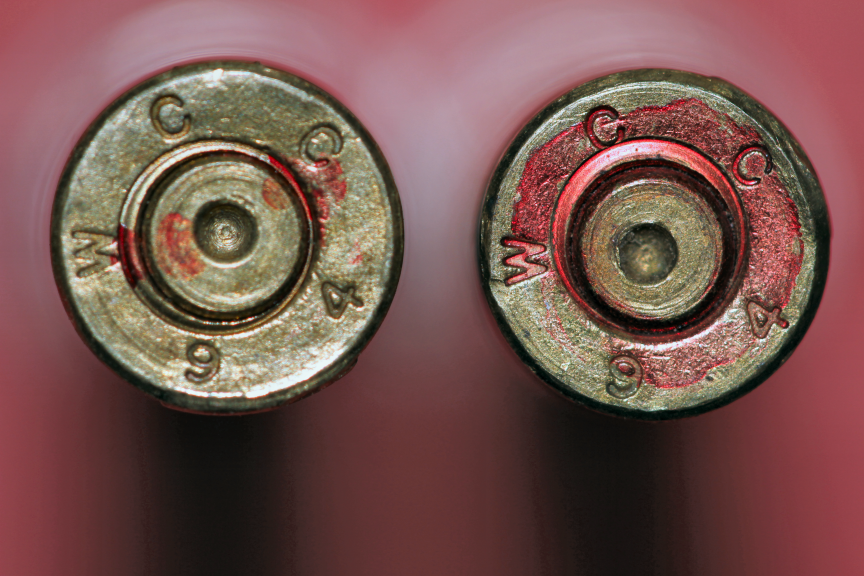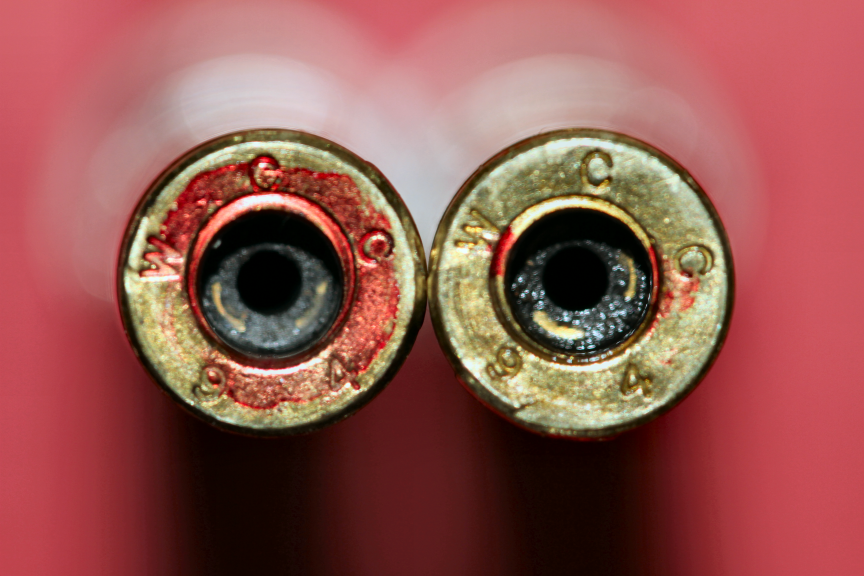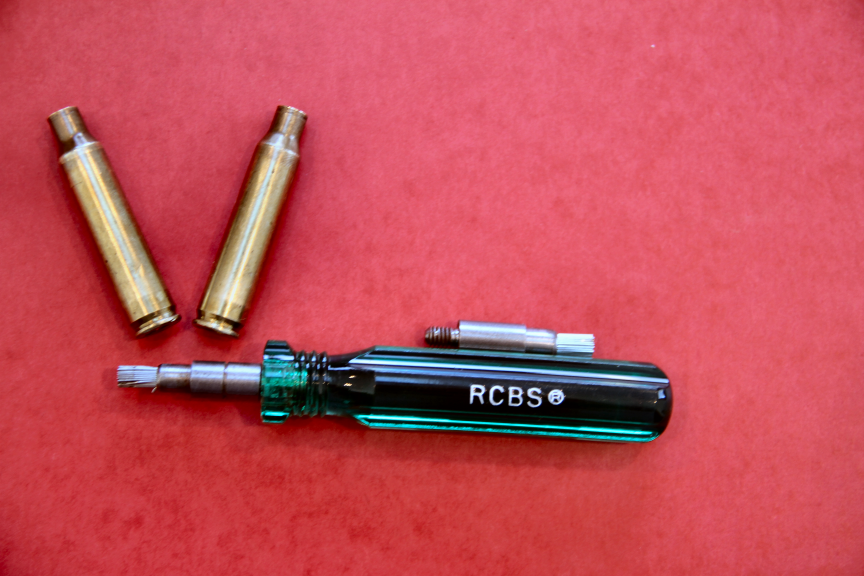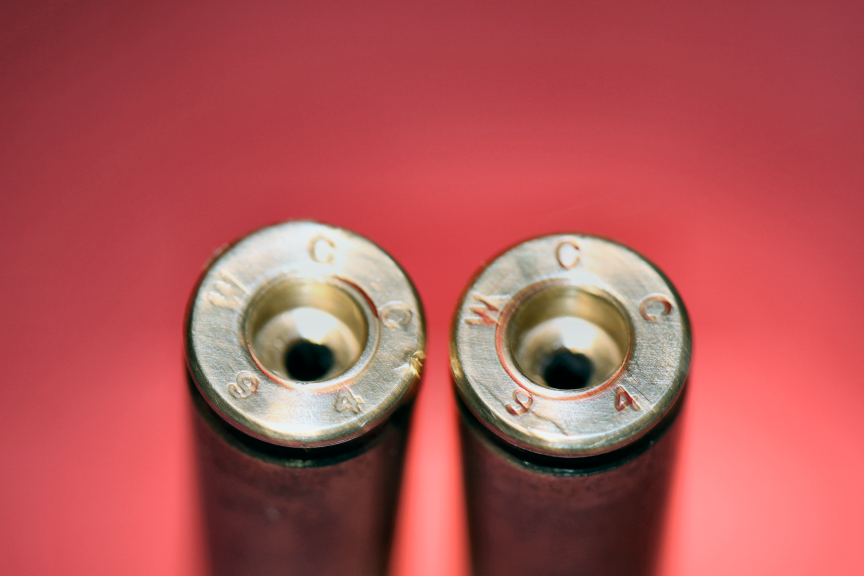DesertRatR
New member
1) Why clean primer pockets? I've reloaded a lot of 45 ACP, 45 Colt and 44 SPL after just tumbling in corn cob media (with a little of the media solvents out there), followed by reloading. The rounds seem to shoot well.
2) I am not opposed to the added steps of primer pocket cleaning, but it seems I might need an extra decapping die so as to not mess up the die in my press, as I'd be running dirty brass thru the decapper.
3) What is the best way to clean the pocket? From reading this and other forums it seems folks like the tumbler with stainless media and dish soap and Lemi Shine to clean the pocket and case interior. But that is a pricey item. Is there a lower cost way?
4) The Frankfort Arsenal tumbler offers an option for a magnet to transfer the media. Not all stainless is magnetic. What is that contraption for?
2) I am not opposed to the added steps of primer pocket cleaning, but it seems I might need an extra decapping die so as to not mess up the die in my press, as I'd be running dirty brass thru the decapper.
3) What is the best way to clean the pocket? From reading this and other forums it seems folks like the tumbler with stainless media and dish soap and Lemi Shine to clean the pocket and case interior. But that is a pricey item. Is there a lower cost way?
4) The Frankfort Arsenal tumbler offers an option for a magnet to transfer the media. Not all stainless is magnetic. What is that contraption for?





